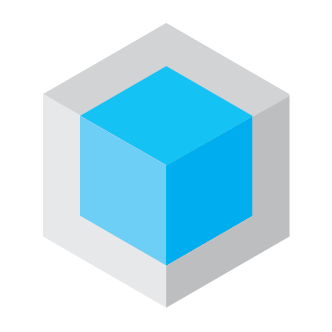Innovation is the lifeblood of engineering education. It's what drives progress, inspires creativity, and prepares students for the challenges of tomorrow. In today's rapidly evolving technological landscape, tools like SolidWorks Rendering are playing an increasingly vital role in shaping the educational experience of budding engineers. Let's delve into how this powerful software is revolutionizing the way students learn and visualize concepts in university engineering education.
SolidWorks, a leading computer-aided design (CAD) software, is renowned for its ability to create highly detailed and realistic 3D models. From mechanical parts to intricate assemblies, SolidWorks empowers users to bring their ideas to life with precision and efficiency. However, its impact extends far beyond design alone. With its rendering capabilities, SolidWorks enables users to generate photorealistic images of their models, providing a compelling visual representation of their concepts.
In the context of university engineering education, the importance of visualization cannot be overstated. Students often grapple with complex theoretical concepts that can be challenging to comprehend without tangible examples. This is where SolidWorks Rendering comes into play. By allowing students to transform abstract ideas into vivid, lifelike renderings, SolidWorks bridges the gap between theory and practice, enhancing understanding and retention.
One of the key benefits of SolidWorks Rendering is its ability to stimulate creativity and innovation. When students can see their designs come to life in stunning detail, it ignites their imagination and encourages them to explore new possibilities. Whether they're designing a prototype for a mechanical device or visualizing a structural analysis, SolidWorks empowers students to push the boundaries of what's possible, fostering a culture of innovation within the classroom.
Moreover, SolidWorks Rendering plays a crucial role in project-based learning, a cornerstone of engineering education. By enabling students to create realistic renderings of their projects, SolidWorks enhances the presentation quality and fosters effective communication of ideas. Whether collaborating with peers or showcasing their work to instructors, students can leverage SolidWorks renderings to convey their designs with clarity and impact.
However, mastering SolidWorks Rendering can be a daunting task for students, especially those who are new to the software. This is where the question arises: "Who will Do My SolidWorks Rendering Assignment?" Fortunately, there are resources available to support students in their learning journey. Many universities offer workshops, tutorials, and online resources to help students develop proficiency in SolidWorks Rendering. Additionally, there are academic support services, such as tutoring and assignment assistance, that students can utilize to overcome challenges and excel in their coursework.
In conclusion, SolidWorks Rendering is a game-changer in university engineering education. By providing students with the tools to visualize and conceptualize their designs, SolidWorks enhances learning outcomes, fosters creativity, and prepares students for success in the field of engineering. As the demand for skilled engineers continues to grow, proficiency in tools like SolidWorks Rendering will undoubtedly become increasingly valuable, empowering the next generation of innovators to shape the future of technology.

